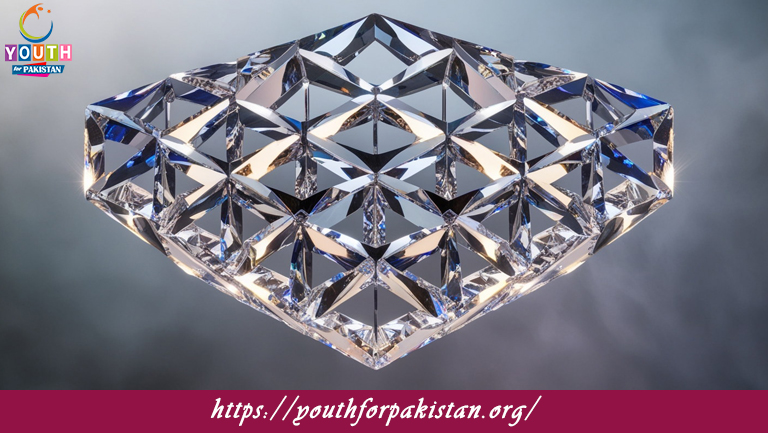Crystal Lattice MDCAT Quiz with Answers

A Crystal Lattice MDCAT Quiz is a highly ordered, three-dimensional arrangement of atoms, ions, or molecules that constitute a crystalline solid. In a lattice, the particles are arranged in a regular, geometric pattern, repeating over long ranges. Each particle within the lattice site is at a specific position within the structure. The smallest repeating unit in a lattice is called the unit cell, and by repeating this unit cell through three-dimensional space, the crystal structure is created. This way, the arrangement of particles in a crystalline material determines its physical properties, including symmetry, hardness, and optical properties.
For MDCAT students, the concept of the Crystal Lattice is important in answering questions on physical and structural properties of crystalline solids. The way the atoms are arranged in the lattice determines many characteristics, such as hardness and solubility, which are commonly tested in the MDCAT Quiz.
MDCAT Quiz on Crystal Lattice
The MDCAT Quiz on Crystal Lattice tests students’ knowledge of the different types of lattice structures and their properties. Students may be asked to identify examples of materials that follow specific lattice types, calculate the number of atoms in a unit cell, or explain the relationship between lattice structure and material properties. This quiz is very helpful for students to revise the crystal lattice and to prepare themselves for such questions in the MDCAT exam.
Free flashcard for Crystal Lattice
Our Free Flashcard for Crystal Lattice provides a concise review of the different types of crystal lattices, including the simple cubic, body-centered cubic, face-centered cubic, and hexagonal close-packed arrangements. The flashcards also highlight how these lattice structures affect the physical properties of materials. These flashcards will help students quickly revise and reinforce their knowledge before the MDCAT exam.

The structure of a crystal lattice depends on the __________ of the component particles.
Type of bonding

The unit cell of a crystal lattice defines the __________ of the entire crystal.
Basic repeating unit

The size of the unit cell in a crystal lattice depends on the __________ between the atoms.
Bond strength

Crystal lattice symmetry is categorized into __________ types based on their shape and arrangement.
Seven

The closest packing arrangement of spheres in a crystal lattice is known as __________ packing.
Hexagonal
Experience the real exam environment with our expertly designed collection of over 25,000 MCQs MDCAT Mock Tests.





